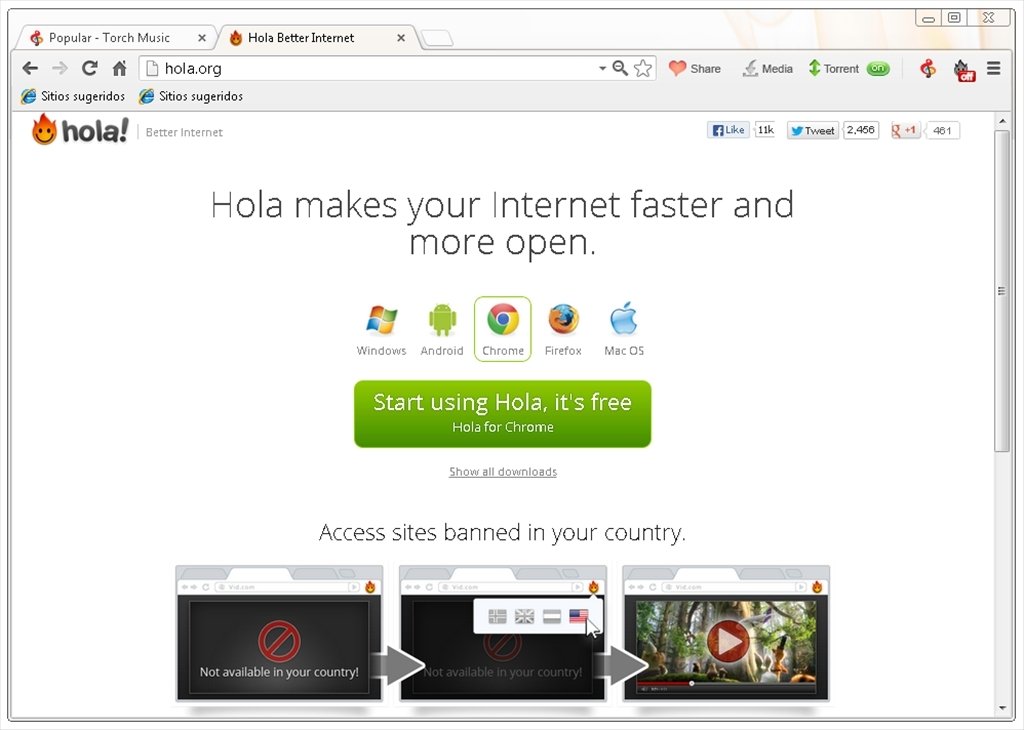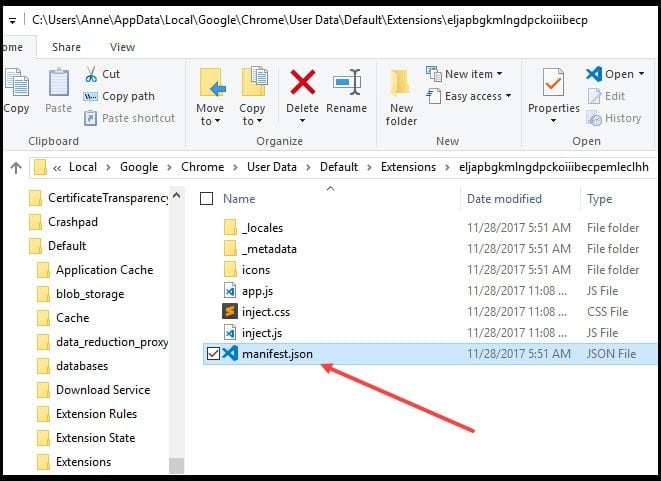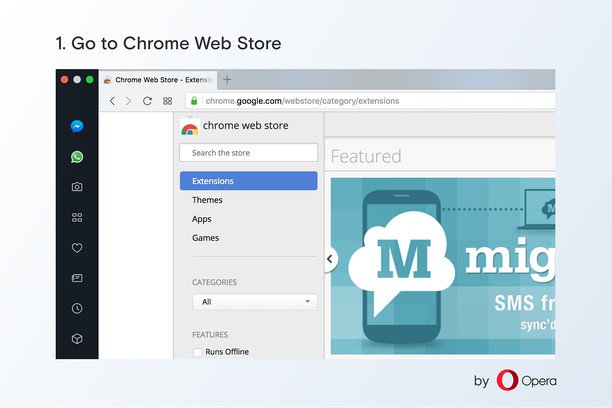How do I enable the Webex plug-in to join a meeting using Chrome or Firefox?
Oct 09, 2020 For example, the Flash plug-in must be enabled for Chrome to process Flash content. An extension such as Wikibuy, on the other hand, analyzes and reapplies data found through the web. Here's how to disable extensions and plug-ins that you don't want to use with Chrome. A recent version of Google Chrome (version 72 or higher). Update your Google Chrome browser if needed; To connect your computer and Chromecast device to the same Wi-Fi network. Learn how to check the Wi-Fi network of your Chromecast device. Cast a tab from Chrome. On your computer, open Chrome. At the top right, click More Cast.
How do I join a Webex meeting using Firefox or Chrome after plugins are disabled?
For Mac OS X 10.10 or later. This computer will no longer receive Google Chrome updates because Mac OS X 10.6 - 10.9 are no longer supported. This computer will no longer receive Google Chrome. Jul 10, 2020 In the second method, we will enable ActiveX by adding it as a Chrome extension. First, you’ll have to download and install the plug-in externally. Download the file here. Click on the Google Chrome menu (three horizontal or vertical lines/dots).
Error: 'Plugins were blocked on this page' when Joining a Meeting Using Firefox or Chrome.
'ActiveTouch General Plugin Container needs your permission to run'
To enable the Webex plug-in:
Google Chrome (Windows, Mac)
- Do one of the following:
- Click the Join link that appears in your email invitation or instant message.
- Click Join in your meeting list or the meeting space on your Webex site.

- Click the Add Webex to Chrome button.
- On the pop-up window that appears, click Add Extension.
Firefox (Windows, Mac, and Linux)**(Firefox 64-bit)
- Do one of the following:
- Click the Join link that appears in your email invitation or instant message.
- Click Join in your meeting list or the meeting space on your Webex site.
- On the Download the Webex Application page, click Download.
- Run the downloaded installer to join the meeting.
Extensions are made of different, but cohesive, components. Components can include background scripts, content scripts, an options page, UI elements and various logic files. Extension components are created with web development technologies: HTML, CSS, and JavaScript. An extension's components will depend on its functionality and may not require every option.
This tutorial will build an extension that allows the user to change the background color of any page on developer.chrome.com. It will use many core components to give an introductory demonstration of their relationships.
To start, create a new directory to hold the extension's files.
The completed extension can be downloaded here.
Create the Manifest
Extensions start with their manifest. Create a file called manifest.json and include the following code, or download the file here.
The directory holding the manifest file can be added as an extension in developer mode in its current state.
- Open the Extension Management page by navigating to
chrome://extensions.- The Extension Management page can also be opened by clicking on the Chrome menu, hovering over More Tools then selecting Extensions.
- Enable Developer Mode by clicking the toggle switch next to Developer mode.
- Click the LOAD UNPACKED button and select the extension directory.
Ta-da! The extension has been successfully installed. Because no icons were included in the manifest, a generic toolbar icon will be created for the extension.
Add Instruction

Although the extension has been installed, it has no instruction. Introduce a background script by creating a file titled background.js, or downloading it here, and placing it inside the extension directory.
Background scripts, and many other important components, must be registered in the manifest. Registering a background script in the manifest tells the extension which file to reference, and how that file should behave.
The extension is now aware that it includes a non-persistent background script and will scan the registered file for important events it needs to listen for.
This extension will need information from a persistent variable as soon as its installed. Start by including a listening event for runtime.onInstalled in the background script. Inside the onInstalled listener, the extension will set a value using the storage API. This will allow multiple extension components to access that value and update it.
Most APIs, including the storage API, must be registered under the 'permissions' field in the manifest for the extension to use them.
Navigate back to the extension management page and click the Reload link. A new field, Inspect views, becomes available with a blue link, background page.
Click the link to view the background script's console log, 'The color is green.'
Introduce a User Interface
Extensions can have many forms of a user interface, but this one will use a popup. Create and add a file titled popup.html to the directory, or download it here. This extension uses a button to change the background color.
Like the background script, this file needs to be designated as a popup in the manifest under page_action.
Designation for toolbar icons is also included under page_action in the default_icons field. Download the images folder here, unzip it, and place it in the extension's directory. Update the manifest so the extension knows how to use the images.
Extensions also display images on the extension management page, the permissions warning, and favicon. These images are designated in the manifest under icons.
If the extension is reloaded at this stage, it will include a grey-scale icon, but will not contain any functionality differences. Because page_action is declared in the manifest, it is up to the extension to tell the browser when the user can interact with popup.html.
Add declared rules to the background script with the declarativeContent API within the runtime.onInstalled listener event.
The extension will need permission to access the declarativeContent API in its manifest.
The browser will now show a full-color page action icon in the browser toolbar when users navigate to a URL that contains 'developer.chrome.com'. When the icon is full-color, users can click it to view popup.html.
The last step for the popup UI is adding color to the button. Create and add a file called popup.js with the following code to the extension directory, or downloaded here.
This code grabs the button from popup.html and requests the color value from storage. It then applies the color as the background of the button. Include a script tag to popup.js in popup.html.
Reload the extension to view the green button.
Layer Logic


The extension now knows the popup should be available to users on developer.chrome.com and displays a colored button, but needs logic for further user interaction. Update popup.js to include the following code.
The updated code adds an onclick event the button, which triggers a programatically injected content script. This turns the background color of the page the same color as the button. Using programmatic injection allows for user-invoked content scripts, instead of auto inserting unwanted code into web pages.
The manifest will need the activeTab permission to allow the extension temporary access to the tabs API. This enables the extension to call tabs.executeScript.
The extension is now fully functional! Reload the extension, refresh this page, open the popup and click the button to turn it green! However, some users may want to change the background to a different color.
Give Users Options
The extension currently only allows users to change the background to green. Including an options page gives users more control over the extension's functionality, further customizing their browsing experience.
Start by creating a file in the directory called options.html and include the following code, or download it here.
Then register the options page in the manifest,
Reload the extension and click DETAILS.

Scroll down the details page and select Extension options to view the options page, although it will currently appear blank.
Last step is to add the options logic. Create a file called options.js in the extension directory with the following code, or download it here.
Four color options are provided then generated as buttons on the options page with onclick event listeners. When the user clicks a button, it updates the color value in the extension's global storage. Since all of the extension's files pull the color information from global storage no other values need to be updated.
Google Chrome App For Mac
Take the Next Step
Congratulations! The directory now holds a fully-functional, albeit simplistic, Chrome extension.
Google Chrome Plugin Directory
What's next?
The Chrome Extension Overview backs up a bit, and fills in a lot of detail about the Extensions architecture in general, and some specific concepts developers will want to be familiar with.
Learn about the options available for debugging Extensions in the debugging tutorial.
Chrome Extensions have access to powerful APIs above and beyond what's available on the open web. The chrome.* APIs documentation will walk through each API.
The developer's guide has dozens of additional links to pieces of documentation relevant to advanced extension creation.
Google Chrome Download For Mac
